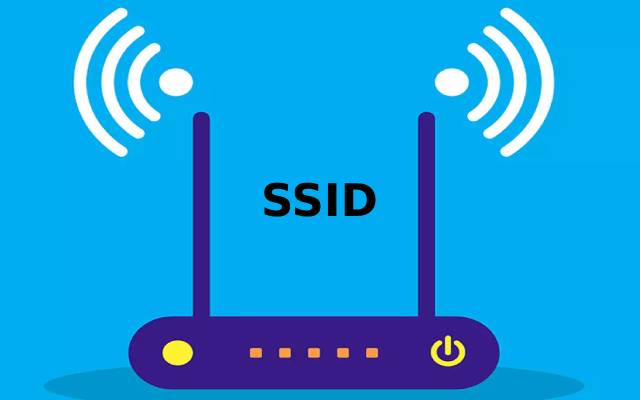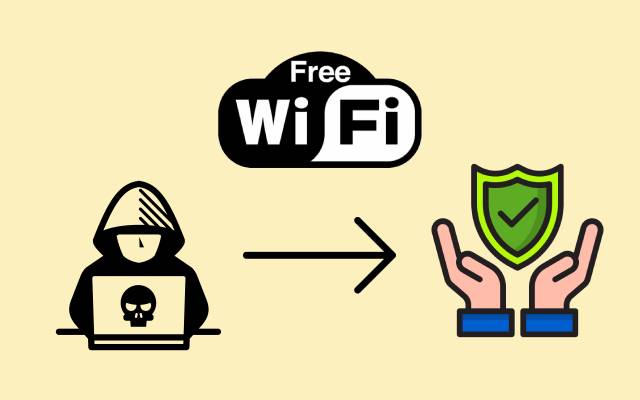How To Reset Your Router?
Routers are essential devices that connect your home or office network to the internet. They act as a gateway, allowing multiple devices to connect to the internet simultaneously. However, like any electronic device, routers can encounter issues that may require resetting to restore their functionality. In this article, we will discuss why resetting your router is necessary, how to reset your router properly, best practices for resetting to default factory settings, and troubleshooting tips for router issues after resetting.
Why Resetting Your Router is Necessary
Routers, like any other electronic device, can encounter various issues over time. These issues can affect the performance and functionality of your router, leading to slow internet speeds, dropped connections, or even complete network outages. Resetting your router can help resolve these issues and restore your network to its optimal performance.
One of the main benefits of resetting your router is that it clears any temporary configurations or settings that may have been corrupted or misconfigured. It also helps in clearing the router’s memory, which can become overloaded with data packets over time, affecting its performance. Additionally, resetting your router can also help fix issues related to network conflicts, IP address conflicts, or firmware bugs.
Knowing when to reset your router is crucial. If you notice frequent internet drops, slow speeds, or inconsistent performance, it may be time to consider resetting your router. It is also recommended to reset your router after a firmware update or when you change your network settings.
It’s important to note that resetting your router will also reset all custom settings, including Wi-Fi passwords, network configurations, and port forwarding rules. So, before proceeding with a reset, make sure to backup your router settings to avoid losing important configurations.
How to Reset Your Router
Resetting your router is a simple process that can be done in a few easy steps. Here’s a step-by-step guide on how to reset your router:
Step 1: Locate the Reset Button
Most routers come with a small reset button usually located on the back or bottom of the device. It may be labeled as “Reset“, “Restart“, or “Factory Reset“. Use a paperclip or a similar pointed object to press and hold the reset button.

Step 2: Power Cycle Your Router
While holding the reset button, unplug your router from the power source and wait for about 10-15 seconds. Then, plug it back in while continuing to hold the reset button. This will power cycle your router and initiate the reset process.
Step 3: Release the Reset Button
After plugging in the router, continue to hold the reset button for another 10-15 seconds, and then release it. This will reset your router to its factory default settings.
Step 4: Configure Your Router
Once the reset process is complete, your router will reboot and return to its factory default settings. You will need to configure your router again, including setting up a new Wi-Fi password, network name (SSID), and any other custom settings that were previously configured.
Different routers may have slightly different reset methods, so make sure to consult your router’s manual or manufacturer’s website for specific instructions.
Troubleshooting Tips During the Reset Process
During the reset process, you may encounter some issues or challenges. Here are some troubleshooting tips to keep in mind:
- If the reset button is not responding, try holding it for a longer duration, or try a different pointed object, such as a toothpick or a pin.
- If the router does not power cycle or reboot after unplugging and plugging it back in, double-check the power source and ensure it is properly plugged in.
- If the router does not reset to factory default settings after releasing the reset button, try repeating the process, or consult your router’s manual for alternative reset methods.
Best Practices for Resetting Your Router
Resetting your router should be done with caution to avoid any potential risks or issues. Here are some best practices to follow when resetting your router:
- Safety Precautions: Always ensure that your router is powered off and unplugged from the power source before attempting to reset it. Use a pointed object, such as a paperclip or a pin, to press and hold the reset button to avoid any potential electrical hazards.
- Backup Router Settings: Before resetting your router, make sure to backup all your router settings, including Wi-Fi passwords, network configurations, and port forwarding rules. This will allow you to restore your custom settings after the reset process and avoid losing important configurations.
- Update Router Firmware: After resetting your router, it’s essential to update your router’s firmware to the latest version available. Firmware updates often contain bug fixes, security patches, and performance improvements that can enhance your router’s overall performance and security.
- Change Default Passwords: After resetting your router, change the default login credentials, including the router’s username and password, to a strong and unique combination. This will help protect your router from unauthorized access and ensure the security of your network.
- Test Network Connectivity: After configuring your router with new settings, test your network connectivity by connecting to the internet and verifying that all devices are able to access the internet without any issues.
Troubleshooting Router Issues After Reset
After resetting your router, you may encounter some common issues that can be easily resolved with some troubleshooting tips. Here are some common issues and troubleshooting tips to keep in mind:
- Slow Internet Speeds: If you are experiencing slow internet speeds after resetting your router, try rebooting your modem as well. If the issue persists, try updating your router firmware, reconfiguring your router settings, or contacting your internet service provider (ISP) for assistance.
- Wi-Fi Connectivity Issues: If you are facing Wi-Fi connectivity issues after resetting your router, try resetting your Wi-Fi password, checking your Wi-Fi settings, or rebooting your devices. If the issue persists, try changing the Wi-Fi channel, updating your router firmware, or contacting your router manufacturer for support.
- Network Drops: If you are experiencing frequent network drops after resetting your router, try power cycling your modem, updating your router firmware, or checking for any physical or cable-related issues. If the issue persists, contact your ISP or router manufacturer for assistance.
- Port Forwarding Issues: If you have configured port forwarding settings on your router and are facing issues after resetting your router, try reconfiguring the port forwarding rules, double-checking the IP addresses of the devices, or contacting the manufacturer of the devices for support.
- Security Concerns: After resetting your router, ensure that you have changed the default login credentials, updated your router firmware, and enabled WPA3 encryption for your Wi-Fi network. Regularly monitor your router settings and keep them updated to ensure maximum security for your network. If you encounter any security concerns or suspicious activities, contact your router manufacturer or ISP immediately for assistance.
FAQs
No, typically, routers cannot be reset remotely. You would need physical access to the router to press the reset button or access the router’s web-based interface to initiate a reset.
There is no specific timeframe for resetting a router, as it depends on various factors such as network usage, router model, and firmware updates. However, if you encounter frequent network issues or suspect security concerns, resetting your router can be a helpful troubleshooting step.
Yes, resetting your router will restore it to factory default settings, which will erase all custom configurations, including Wi-Fi passwords, network settings, and port forwarding rules. Make sure to backup your settings before resetting your router.
If you forget your router’s username and password after resetting it, you can refer to your router’s manual or manufacturer’s website for the default login credentials. Alternatively, you may need to perform a hard reset to restore the router to factory default settings and then reconfigure it with new settings.
Yes, resetting your router should be considered as a last resort. Before resetting your router, you can try other troubleshooting methods such as power cycling your modem, updating your router firmware, checking cable connections, and adjusting router settings.
Conclusion
Resetting your router can be a useful troubleshooting step to resolve various network issues or to start fresh with new configurations. However, it should be done with caution and following best practices to avoid any potential risks or loss of important settings. Always consult your router’s manual or manufacturer’s website for specific instructions on how to reset your router.
By following the outlined steps and best practices, you can successfully reset your router and configure it with new settings, ensuring optimal performance and security for your network.





